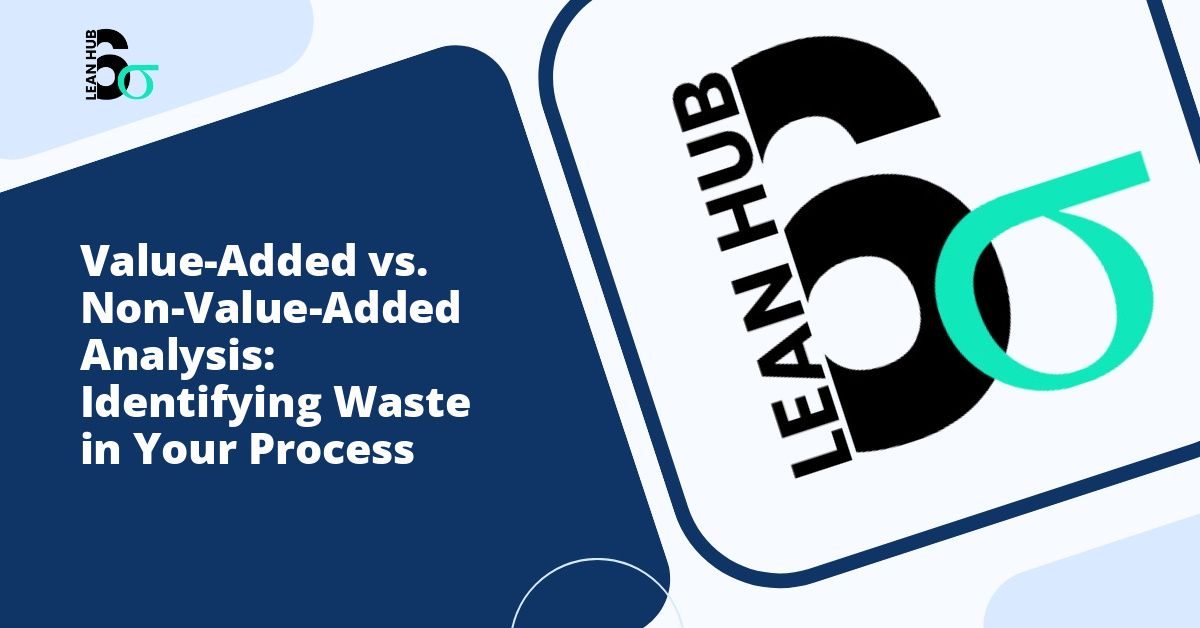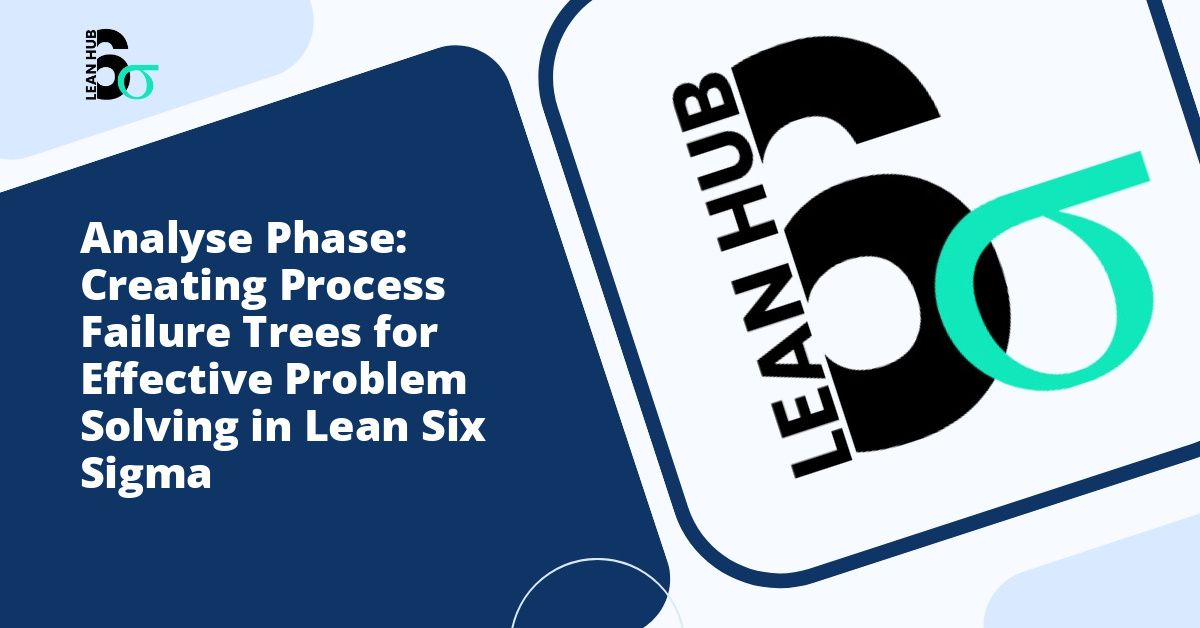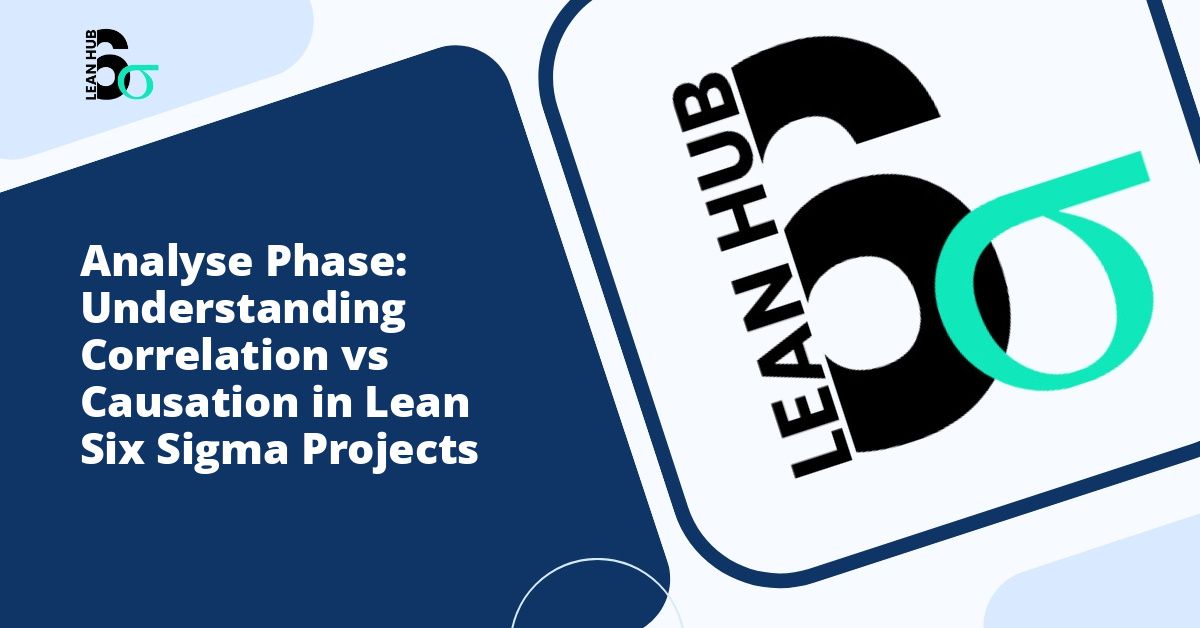In today’s competitive business environment, organizations constantly seek ways to improve efficiency and reduce costs. One of the most effective methods for achieving these goals is through value-added versus non-value-added analysis, a fundamental concept in process improvement methodologies. Understanding the difference between activities that create value and those that do not can transform your operations and significantly impact your bottom line.
Understanding Value-Added Activities
Value-added activities are those actions or processes that directly contribute to creating a product or service that customers are willing to pay for. These activities transform materials or information in a way that meets customer requirements and expectations. From a customer’s perspective, value-added activities are essential and justify the price they pay for your product or service. You might also enjoy reading about Correlation Analysis in Six Sigma: Understanding Linear Relationships in Data for Process Improvement.
To determine whether an activity is value-added, it must satisfy three critical criteria. First, the customer must be willing to pay for it. Second, the activity must physically change the product or service. Third, the activity must be done right the first time, without requiring rework or correction. When all three conditions are met, you can confidently classify the activity as value-added. You might also enjoy reading about Lean Six Sigma Analyze Phase: The Complete Guide for 2025.
Examples of value-added activities include assembling components in manufacturing, cooking food in a restaurant, performing surgery in a healthcare setting, or writing code that delivers specific functionality in software development. These activities directly transform inputs into outputs that customers desire and expect. You might also enjoy reading about Correlation vs. Causation: Why Relationship Does Not Mean Cause and Effect.
Recognizing Non-Value-Added Activities
Non-value-added activities, conversely, are those that consume time, resources, or space but do not contribute to meeting customer requirements. These activities add cost and time to your processes without enhancing the final product or service from the customer’s perspective. Identifying and eliminating or minimizing these activities is central to process improvement initiatives.
Non-value-added activities typically fall into several categories. Transportation involves moving materials, products, or information from one location to another without transforming them. Waiting occurs when products, materials, or information remain idle between process steps. Inventory represents stored materials or products that are not being actively processed. Motion refers to unnecessary movement of people or equipment that does not add value. Over-processing happens when more work is done than what the customer requires. Over-production means creating more product than needed or before it is needed. Finally, defects represent work that must be corrected or redone.
The Role of Lean Six Sigma in Waste Identification
Lean six sigma methodologies provide structured frameworks for identifying and eliminating waste in organizational processes. This powerful combination of lean manufacturing principles and six sigma quality management techniques offers organizations comprehensive tools to analyze their operations systematically.
The lean component focuses on eliminating the eight types of waste, often remembered by the acronym DOWNTIME: Defects, Overproduction, Waiting, Non-utilized talent, Transportation, Inventory, Motion, and Excess processing. Meanwhile, the six sigma aspect emphasizes reducing variation and defects through data-driven decision making and statistical analysis.
Organizations implementing lean six sigma typically follow a structured approach called DMAIC, which stands for Define, Measure, Analyze, Improve, and Control. During the recognize phase of lean six sigma projects, teams work to identify current processes, understand baseline performance, and recognize opportunities for improvement. This phase sets the foundation for all subsequent improvement activities.
Conducting Value-Added Analysis in Practice
Performing a thorough value-added analysis requires systematic observation and documentation of all process steps. Begin by mapping your current process in detail, capturing every single activity from start to finish. This process map should include not only the obvious major steps but also the smaller activities that often go unnoticed, such as approvals, inspections, and transfers.
Once you have documented the complete process, evaluate each activity against the three criteria for value-added work. For each step, ask whether the customer would be willing to pay for this activity if they knew about it. Consider whether the activity physically changes or transforms the product or service. Determine whether the activity is typically completed correctly the first time without requiring rework.
During this analysis, you may discover a third category called business value-added activities. These activities do not meet the strict definition of value-added from a customer perspective, but they are necessary for running the business. Examples include regulatory compliance activities, financial reporting, and certain quality control measures. While these activities may be required, they still present opportunities for streamlining and efficiency improvements.
Common Sources of Waste in Different Industries
Different industries experience waste in unique ways, though the underlying principles remain consistent. In manufacturing, excessive material handling, overproduction, and waiting time between operations represent common sources of waste. Healthcare organizations often struggle with patient waiting times, redundant documentation, and unnecessary patient transfers between departments.
Service industries face challenges with information handoffs, approval processes, and duplicated data entry. Software development teams encounter waste through unclear requirements, excessive documentation, and delayed feedback loops. Retail operations deal with excess inventory, inefficient store layouts, and redundant administrative tasks.
Regardless of your industry, waste exists in every organization, often hiding in plain sight because processes have always been performed a certain way. The key is developing the awareness and analytical skills to recognize these non-value-added activities.
Tools and Techniques for Waste Identification
Several practical tools can help you identify waste in your processes. Process mapping or flowcharting visually represents your current workflow, making it easier to spot inefficiencies and redundancies. Value stream mapping extends this concept by adding time and resource information to identify where value is created and where waste accumulates.
Time studies involve measuring how long each process step takes, helping you understand where time is spent on value-added versus non-value-added activities. Spaghetti diagrams track the physical movement of people, materials, or information through a workspace, revealing unnecessary transportation and motion. The five whys technique helps identify root causes of waste by repeatedly asking why a problem occurs.
Direct observation, often called gemba walks in lean terminology, involves going to the actual workplace to observe processes firsthand. This approach frequently reveals waste that does not appear in process documentation or reports.
Implementing Changes After Analysis
Identifying waste is only the first step. The real value comes from taking action to eliminate or reduce non-value-added activities. Begin by prioritizing opportunities based on potential impact and ease of implementation. Quick wins that require minimal resources can build momentum and demonstrate the value of your analysis.
For non-value-added activities that can be eliminated entirely, develop an implementation plan that considers potential risks and stakeholder concerns. Some activities may require process redesign or technology investments to remove. Others might be eliminated simply by changing procedures or decision-making authority.
Business value-added activities, while necessary, should be scrutinized for efficiency opportunities. Can regulatory reporting be automated? Can approval processes be streamlined? Can inspections be made more efficient through better upstream quality control?
Sustaining Improvements Over Time
Creating lasting change requires more than initial analysis and implementation. Organizations must develop cultures that continuously question whether activities add value and seek better ways of working. Regular process reviews should become standard practice, with teams empowered to identify and eliminate waste as they encounter it.
Training employees to recognize value-added versus non-value-added activities transforms your workforce into process improvement advocates. When everyone understands these concepts and feels empowered to suggest changes, continuous improvement becomes embedded in your organizational culture.
Metrics and performance indicators should track both the efficiency of your processes and the ratio of value-added to non-value-added time. These measurements provide visibility into improvement progress and help sustain focus on eliminating waste.
Conclusion
Value-added versus non-value-added analysis provides a powerful lens for examining organizational processes and identifying improvement opportunities. By systematically evaluating which activities truly create value for customers and which merely consume resources, organizations can dramatically improve efficiency, reduce costs, and enhance customer satisfaction. The recognize phase of any improvement initiative establishes the foundation for meaningful change by helping teams see their processes clearly and objectively. Whether you are implementing formal lean six sigma programs or simply seeking to improve your operations, understanding and applying these concepts will position your organization for sustained competitive advantage in an increasingly demanding marketplace.








